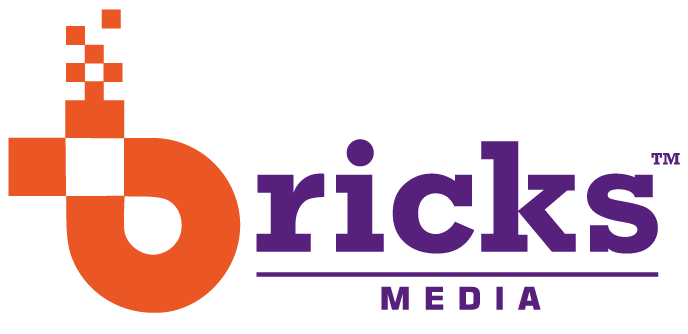Technical SEO is the process of properly configuring your website’s back-end structure and foundation to help increase its visibility to search engines. Therefore, it brings more relevant traffic to the front end.
So if traffic is slipping away unbeknownst to you…
A vast majority of websites would post content that they think is great, yet struggle to rank it in Search Engines. More technical SEO issues. Rather, 90% of websites are flawed with crawlability concerns, for which the sites don’t get displayed. If the site is unoptimized, you’re losing business. That is where technical SEO comes in.
In essence, Technical SEO pertains to all optimization efforts that take place behind the scenes to help search engines with the proper understanding and indexing of your site. These activities can be categorized as follows:
- Website Architecture: Setting up content for easy and better navigation.
- Crawlability & Indexability: Getting search engines to navigate in and out of your pages for ranking.
About the Technical SEO

Some fundamental elements cover these:
- Sitemaps: Sitemaps provide an easy way for search engines to find your pages.
- robots.txt: Instruct search engines about what to crawl.
- Schema markup & structured data: Schema Markup & Structured Data make so that search engines better understand your content.
Factors That Influence Technical SEO
- Aiding Search Engine Crawl
Search engine crawlability for indexing purposes is the one thing Technical SEO uniquely helps to maintain. A robots.txt file that is misconfigured or broken links can diminish your visibility. This requires an SEO agency in Mumbai to fix all such issues.
- User Experience Optimization
Fast loading times, mobile friendliness, and easy navigation characterize an optimally designed website. With studies providing evidence that a one-second delay in loading has been proven to decrease conversions by seven percent, the matter has become more pressing with Google’s mobile-first indexing.
Common Technical SEO Issues and Their Fixes
Website Speed and Performance

Website speed is inversely related to bounce rates. Slow loading…
- Image Optimization: Shrinking the image file sizes without compromising on quality.
- Caching: Caching of pages for faster loading.
Mobile Friendliness
With over 50 percent of all searchers being done from mobile, a responsive design caters to the various devices in use, thereby improving user experience and enhancing search rankings.
Broken Links and 404 Errors
Dead links hurt SEO. Use tools like Screaming Frog to:
- Identify broken links.
- Redirect them to relevant pages.
- Update outdated content.
Adopting a Strong Technical SEO Strategy
Website Audit
Regular audits with tools such as Ahrefs, SEMrush, or Moz can help detect and promptly fix technical issues.
Submission of XML Sitemap
Submission of the sitemap via Google Search Console ensures appropriate indexing of all pages.
Implementation of Schema Markup
Schema markup helps attract attention to your result and may improve CTR
Measuring Technical SEO Success
- KPIs That Must Admit Variables:
In the Range Of
- Crawl Errors – To Put Themselves Through Search Engines; Into The Site
- Indexing Rate – The Amount Indexed
- Site Speed – To Improve Over Load Time
- With reports and optimization regularly tracking
Regular Base Optimization And Reporting Keeps Your Website Fighting And Fit.
Conclusion
Whatever the case may be, admission to technical SEO was an extremely costly indulgence for your business, and you lost a huge amount of traffic. Technical SEO works to achieve crawlability, improve user experience, and lift authority: all crucial elements in having your website rank higher and perform better.
In case you are looking for specialists who will help with optimizing your website: get in touch with Bricks Media, a premier SEO agency in Mumbai, for personalized solutions to elevate your rankings. Contact our SEO Company in Mumbai and rule the search results!










